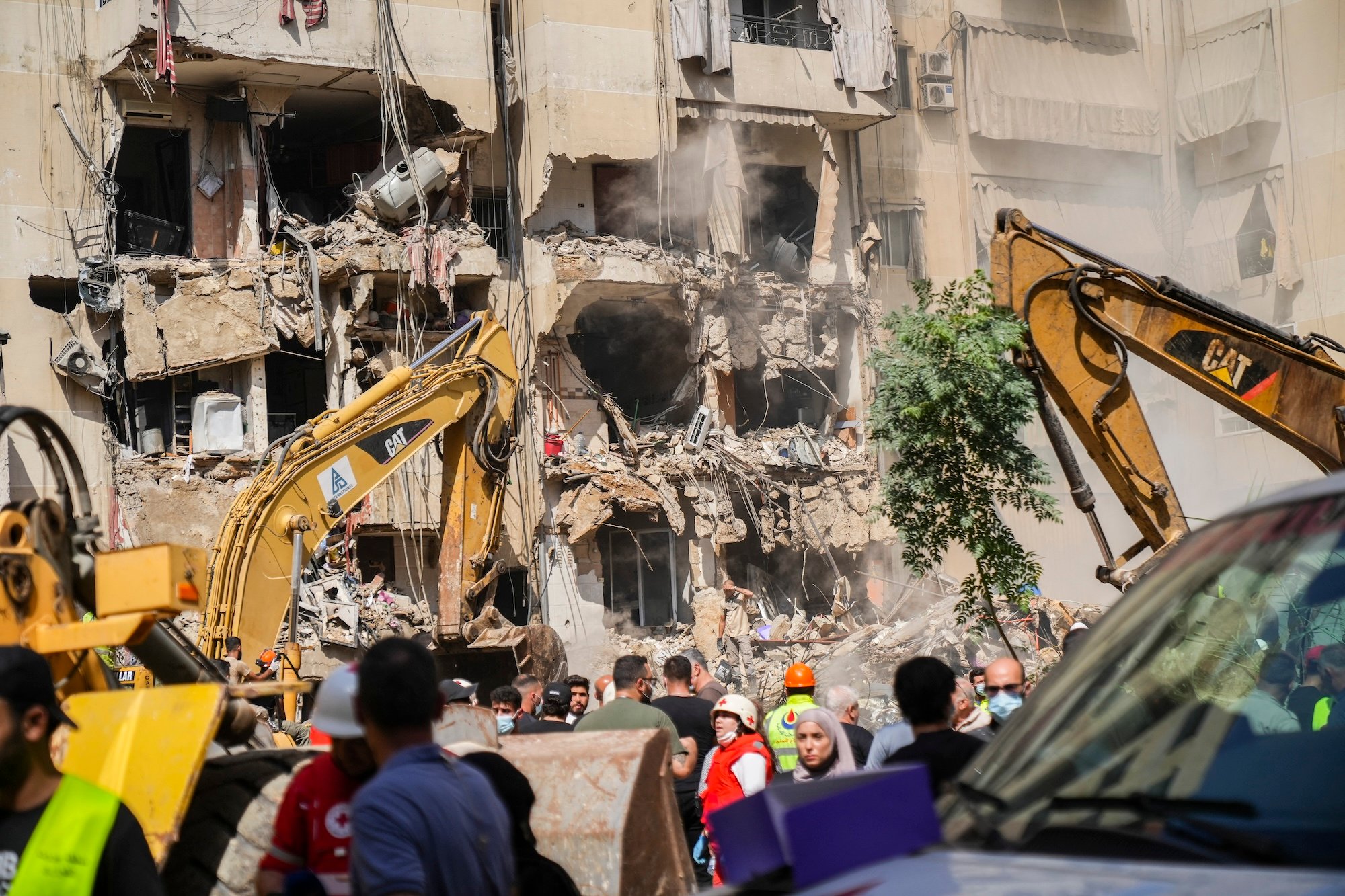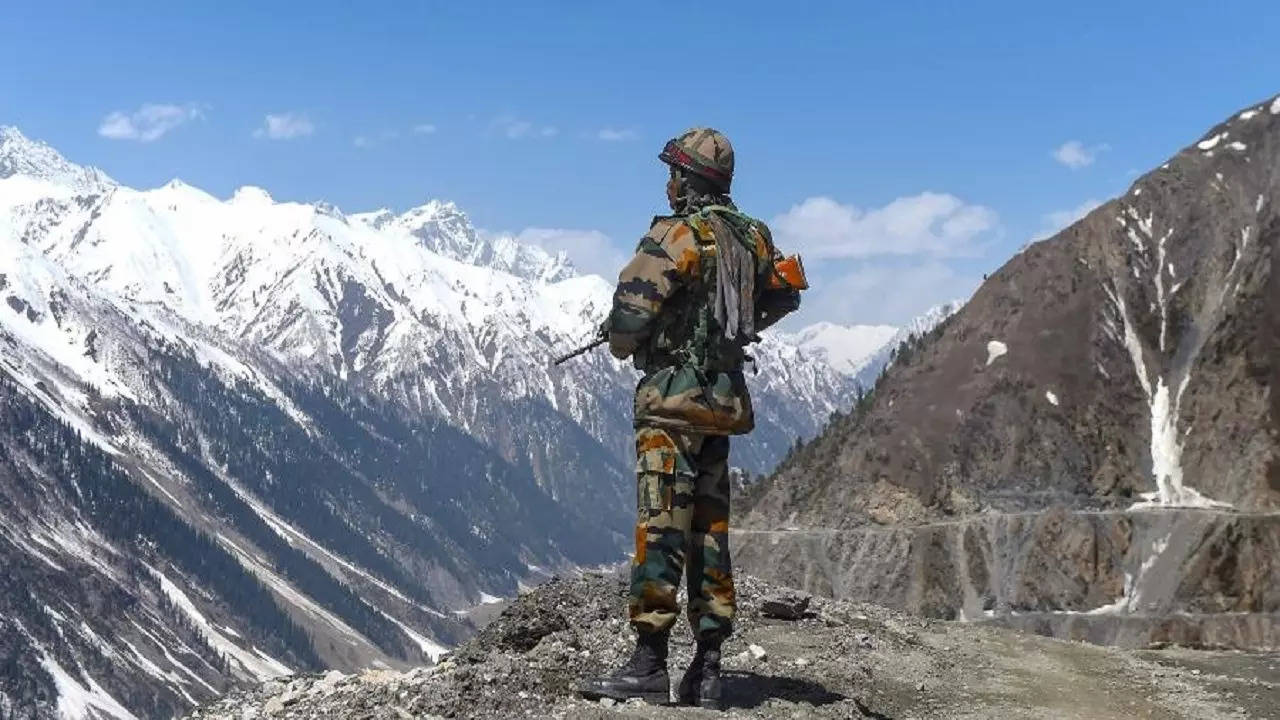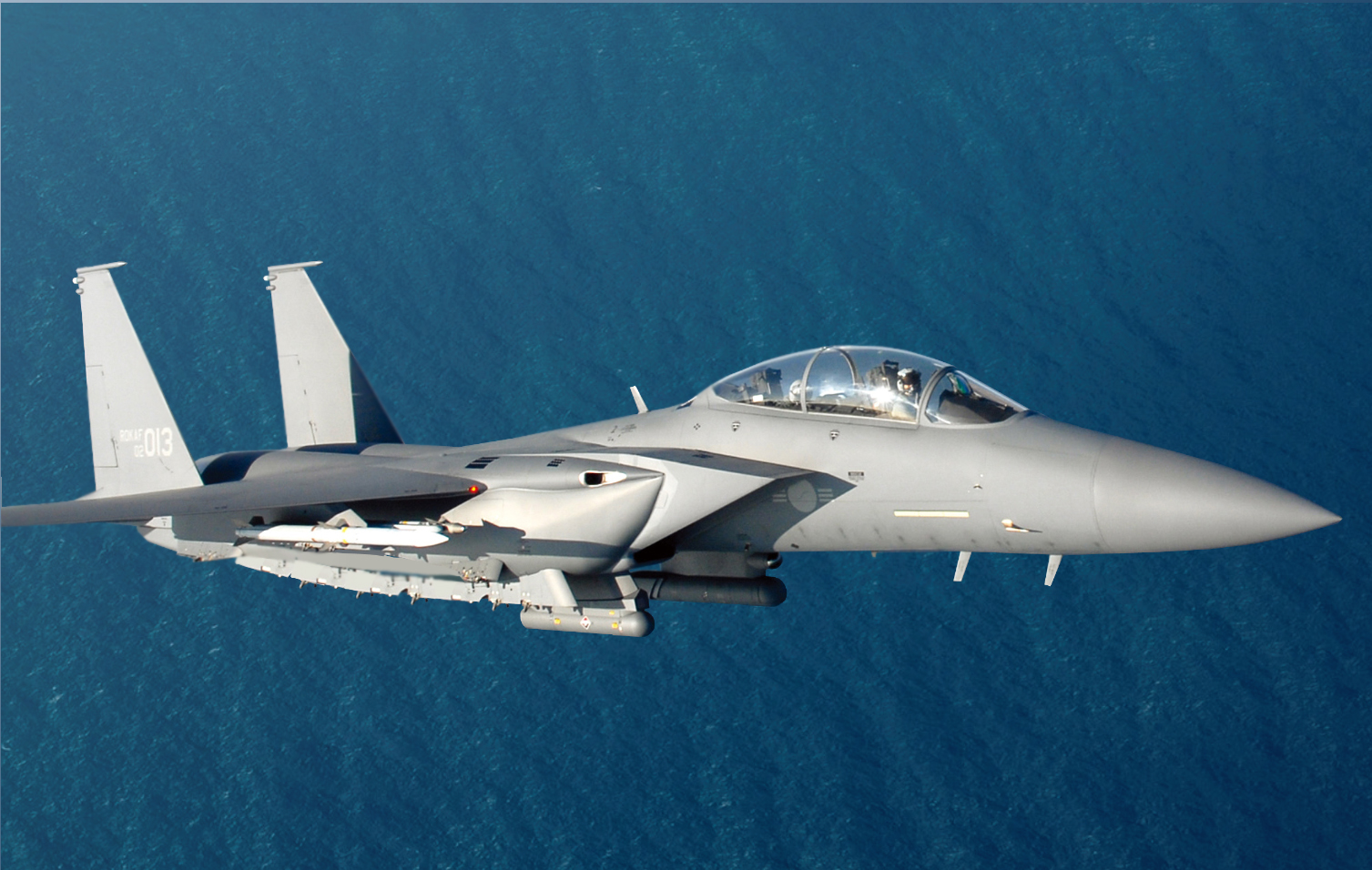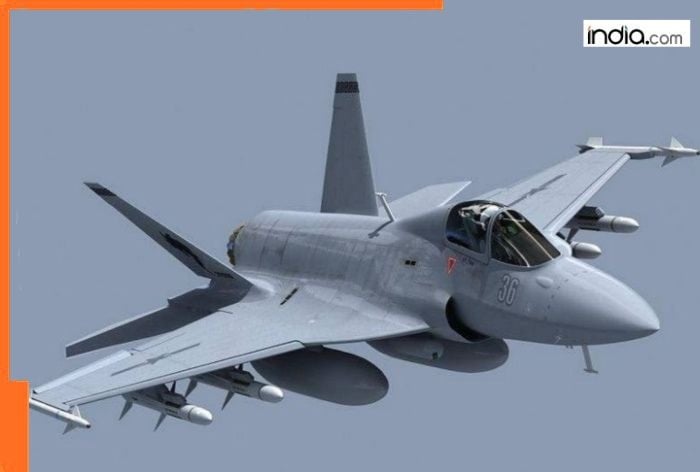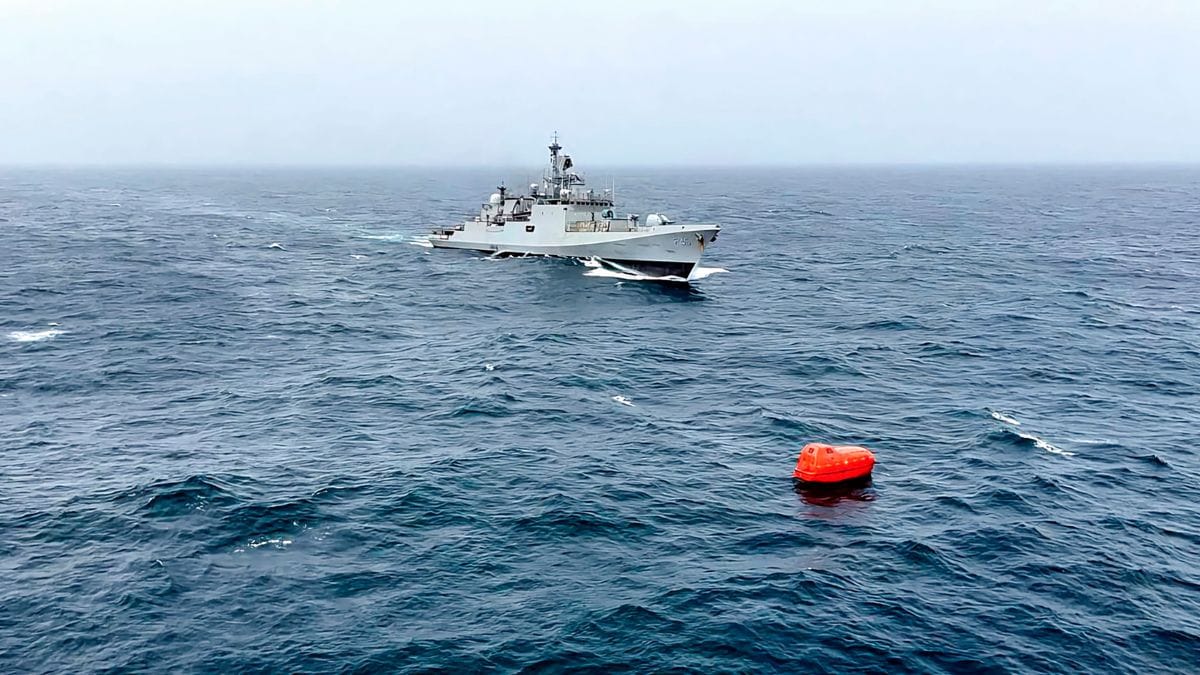Israel’s Strikes in Lebanon Intensify, Killing 52 Amid Ongoing Hezbollah Conflict
Lebanon has reported a significant escalation in violence, with Israeli airstrikes on Thursday resulting in the deaths of 52 individuals,…
5,000 Veterans Attend 77th Poonch Link-Up Day Celebrations
In a momentous gathering, approximately 5,000 veterans participated in a significant event in Poonch to mark the 77th anniversary of…
Indian Army Embraces New Technologies for Modern Warfare, Hiring Specialists in AI, Cybersecurity, and More
The landscape of modern warfare is undergoing a significant transformation, driven largely by advancements in technologies such as artificial intelligence…
US Approves $6.2 Billion Sale to Upgrade South Korea’s F-15K Fighter Jets
The US State Department has given the green light for a significant military equipment sale to South Korea, aimed at…
Pakistan Developing New PFX Fighter Jet to Compete with India’s Tejas
India's Tejas fighter jet has reportedly caused a stir within the Pakistan Air Force (PAF), prompting Islamabad to accelerate the…
Indian Naval Unit Collides with Fishing Vessel Off Goa, Search Underway for Missing Fishermen
An Indian fishing vessel was involved in a serious collision with an Indian naval unit off the coast of Goa…

